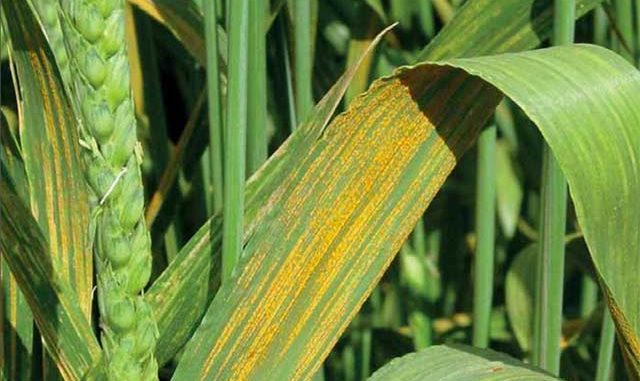
An outbreak of wheat rust disease in critical wheat-growing regions of Ethiopia is threatening recent crop production gains in parts of the country, following a long period of El-Niño-induced drought. In late August, survey teams first spotted the rust in Oromia and Southern Nations, Nationalities and People’s (SNNP) regions. The crop-killing fungus has since spread to Amhara and Tigray regional states.
Wheat rusts are known to cause stunting in plants and pre-harvest losses of between 50 and, in severe cases, 100 percent. As of 24 October, the disease has been detected in nearly 2 200 communities and on close to 300 000 hectares of land across the country.
Although yellow rust is by far the most widespread of the wheat rust diseases identified, stem and leaf rust have also been spotted. Wheat is the third most important crop for food security in Ethiopia and covers an estimated 17 percent of Ethiopia’s total agricultural land use, according the country’s statistical agency. The crop is not only critical to smallholder incomes but the food and nutrition security of tens of millions of Ethiopians. In 2014, Ethiopia produced over 3 million tonnes of the crop.
A proactive response
Abebe Getachew and his family are among 45 000 households across Ethiopia that have had their wheat production for the meher season – from which most farmers obtain the vast majority of their food supply- compromised in recent months as a result of the outbreak. “My farm was attacked by the rust a few years ago and I lost almost all of my wheat; there was no support for me at the time,” said Abebe, who also farms teff in Hadiya zone, SNNP Region. “Killing the rust is not something I could afford to do on my own. These days we struggle to plant, not many can afford the products,” he said. In early October, Abebe’s farm was sprayed with anti-rust fungicides by regional officials. The outbreak in his zone is being monitored by regional extension officers.
Read more on FAO
——
See also:
